Why I Did Another Yoga Teacher Training
The primary reason for my journey to India was to complete a Yoga Teacher Training (YTT). Despite having attended multiple YTT programs in the past, all of them were completed before the establishment of the Yoga Alliance.
When Yoga Alliance first formed, I had already been teaching yoga for seven years. I had the opportunity to be “grandfathered” into their highest credential, the E-RYT 500 registration, but I dismissed the idea. At the time, I didn’t see Yoga Alliance playing a major role in the yoga world. It was difficult to comprehend how a U.S.-based institution could claim authority over a practice that originated in India thousands of years ago. So, I declined.
Fast forward, and Yoga Alliance has indeed become a global institution—even in India. The resorts, retreat centers, and cruise ships I work with now rely on Yoga Alliance registration to validate the instructors they hire. Since I had missed the window to be grandfathered in, I had to completely redo my yoga teacher training at a Yoga Alliance-registered school.
Why India?
There are many reasons to train in India, the birthplace of yoga. I was particularly drawn to the north, where the Ganges River flows from the Himalayan foothills. Rishikesh, known as the “Yoga Capital of the World,” has long been a gathering place for yogis seeking wisdom and enlightenment.
Practically speaking, India is one of the most affordable places for yoga teacher training. In the U.S., a 500-hour YTT can cost upwards of $10,000 for basic training. In India, the same certification, including lodging and meals, costs around $3,000–$4,000.
My primary goal was to obtain that all-important Yoga Alliance certification without breaking the bank. Since I love to travel, the idea of immersing myself in yoga at an ashram in India was appealing. However, the reality was far from what I expected.
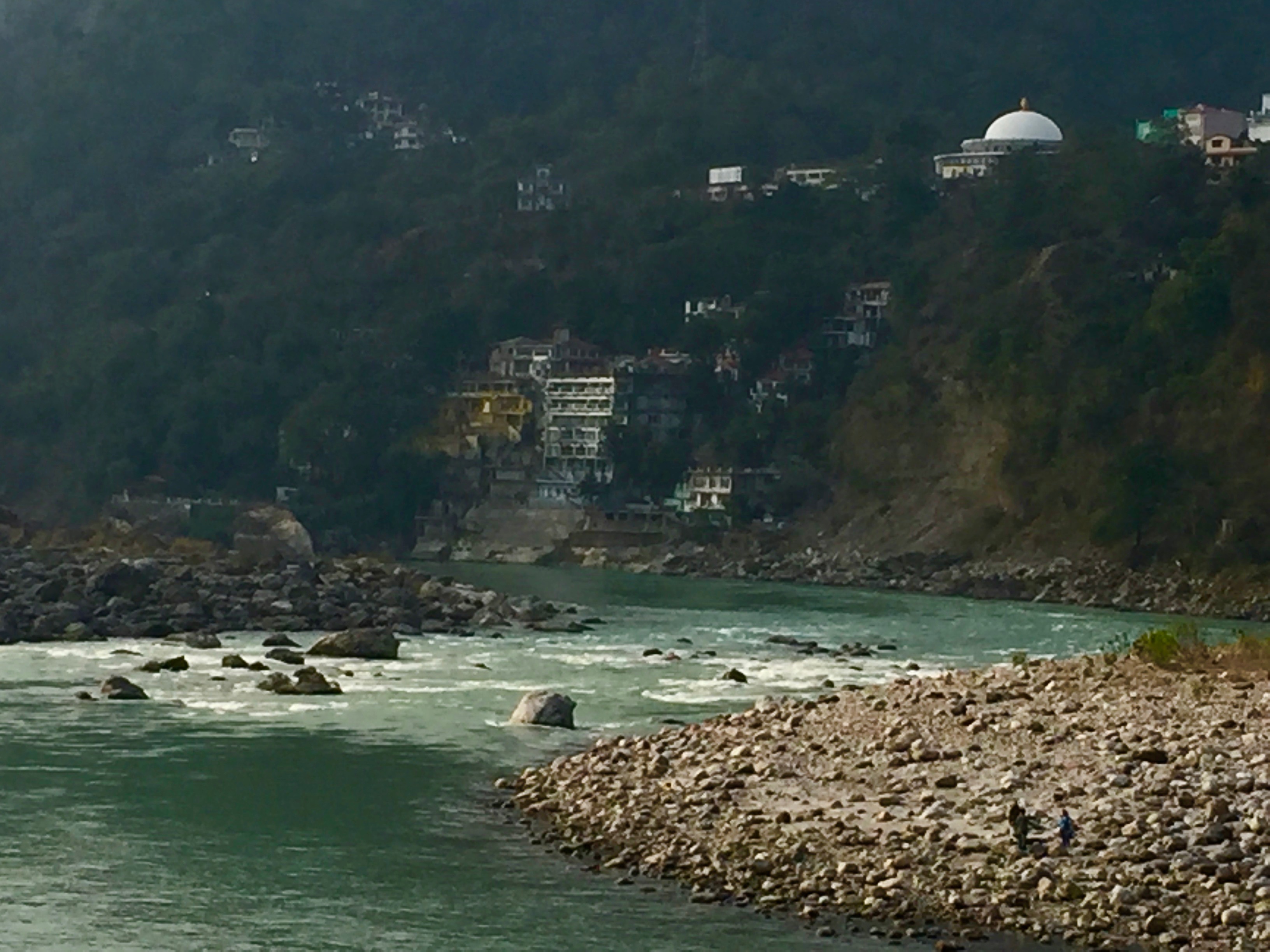
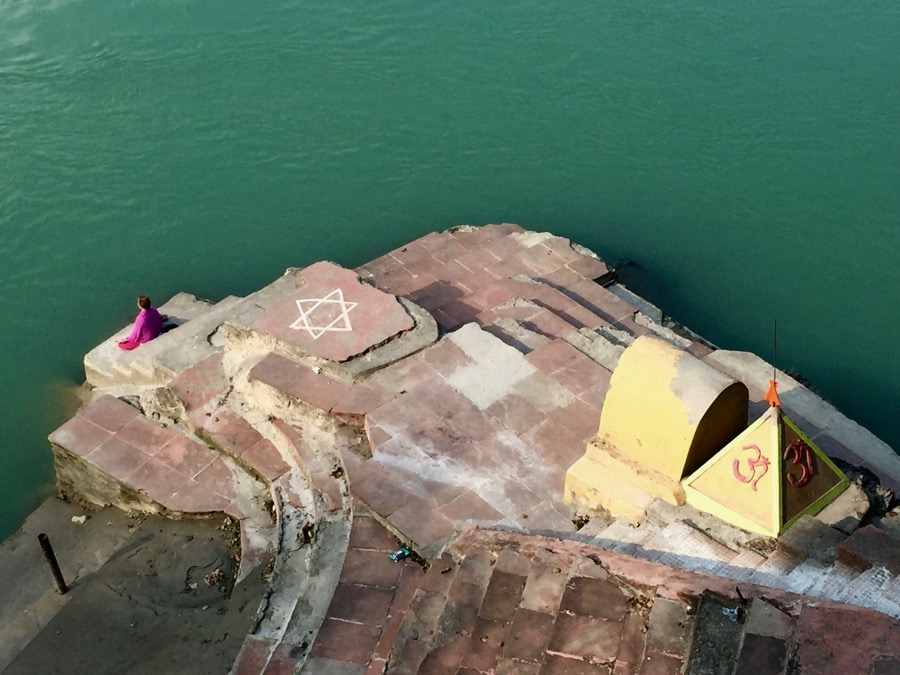
A Harsh Reality
Truth be told, I struggled—a lot. Everyone in my 500-hour course did. While yogis tend to be positive and resilient, this training pushed our limits. We had to work hard to keep our spirits up.
One major challenge was the climate. The program ran during December and January, the coldest months in North India, yet the facilities were completely unprepared for the weather. Compounding this, the school’s administration proved untrustworthy. Many of the claims on their website turned out to be false. While some of the teachers were excellent, overall, I was deeply disappointed.
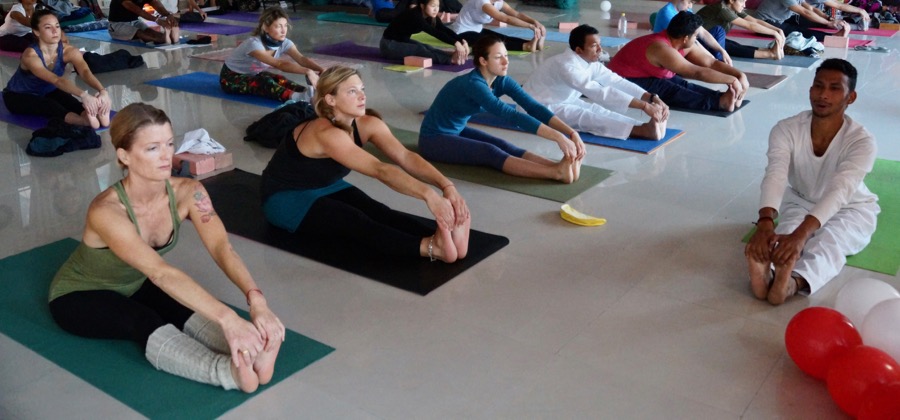
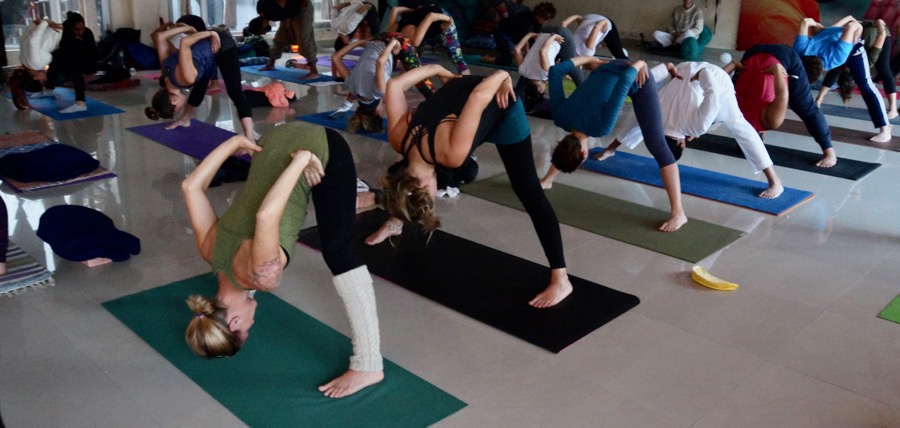
Lessons in Research: Do Your Homework
Before heading to India, I had been too busy selling my belongings and preparing for a nomadic lifestyle to properly research training options. Instead, I relied on the Yoga Alliance website, TripAdvisor, and Google reviews. The school I chose had high ratings, so I sent a down payment and moved on with my plans.
In hindsight, I ignored a nagging thought: Just because a school has high attendance doesn’t mean it’s good. Reviews can be manipulated, and any place catering to the masses might not be the best fit for me. But by the time these doubts arose, I had already paid a sizable deposit.
I kicked myself repeatedly for this oversight. My approach to choosing a YTT program was as naive as a beginner’s, leading me to a program that was, in fact, designed for beginners. With over 30 years of yoga experience and many friends who had trained in India, I should have consulted my network for recommendations.

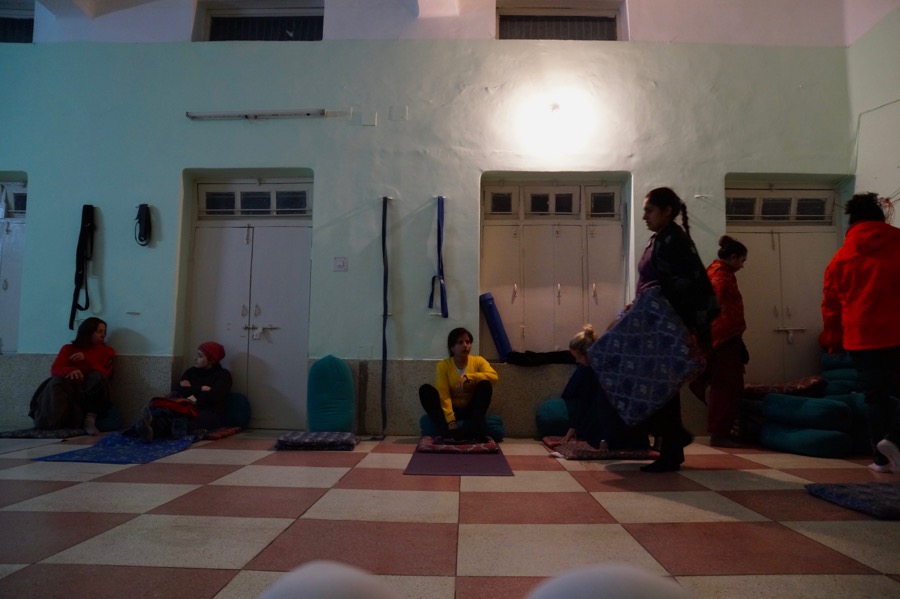
The Business of Yoga: Teacher Training Factories
There has never been a single definition of yoga. It is a science and a set of practices aimed at purifying the body and mind while cultivating prana (life force energy). Traditionally, yoga serves as a path to self-realization.
Since Swami Vivekananda introduced yoga to the U.S. in 1893, Western interpretations have fractured into countless variations. In the West, “yoga” has become nearly synonymous with “asana” (physical postures), reducing a profound spiritual practice to mere exercise.
As yoga’s popularity skyrocketed, it became a multi-billion dollar industry. Many people now pursue yoga as a career rather than as a spiritual calling—an astonishing shift from its original intent.
While I see the global embrace of yoga as a positive sign, I’m saddened by its commercialization. The school I attended in Rishikesh made over a million dollars annually, yet little of that money seemed to go into improving facilities, materials, or student care. Payment was required in cash upfront, a practice that thrives in India’s shadow economy. Shady business practices are the reason Prime Minister Narendra Modi made a radical surprise attack on “black currency,” creating a countrywide cash crisis in the process.
Having traveled so far and paid in full, students had little recourse when they received subpar training. Many feared that complaining would result in withheld certificates. Ultimately, we were buying a certificate rather than receiving an authentic teacher training experience.
The final straw was a lecture from the school’s founder, a self-proclaimed Swami, who compared his school to God and declared that speaking ill of it was akin to disrespecting one’s parents. A year later, that same Swami was arrested for sexually assaulting a student. A saffron robe does not make a Swami.
Finding the Right Yoga Teacher Training
If you’re considering YTT in India, here are some crucial factors to keep in mind:
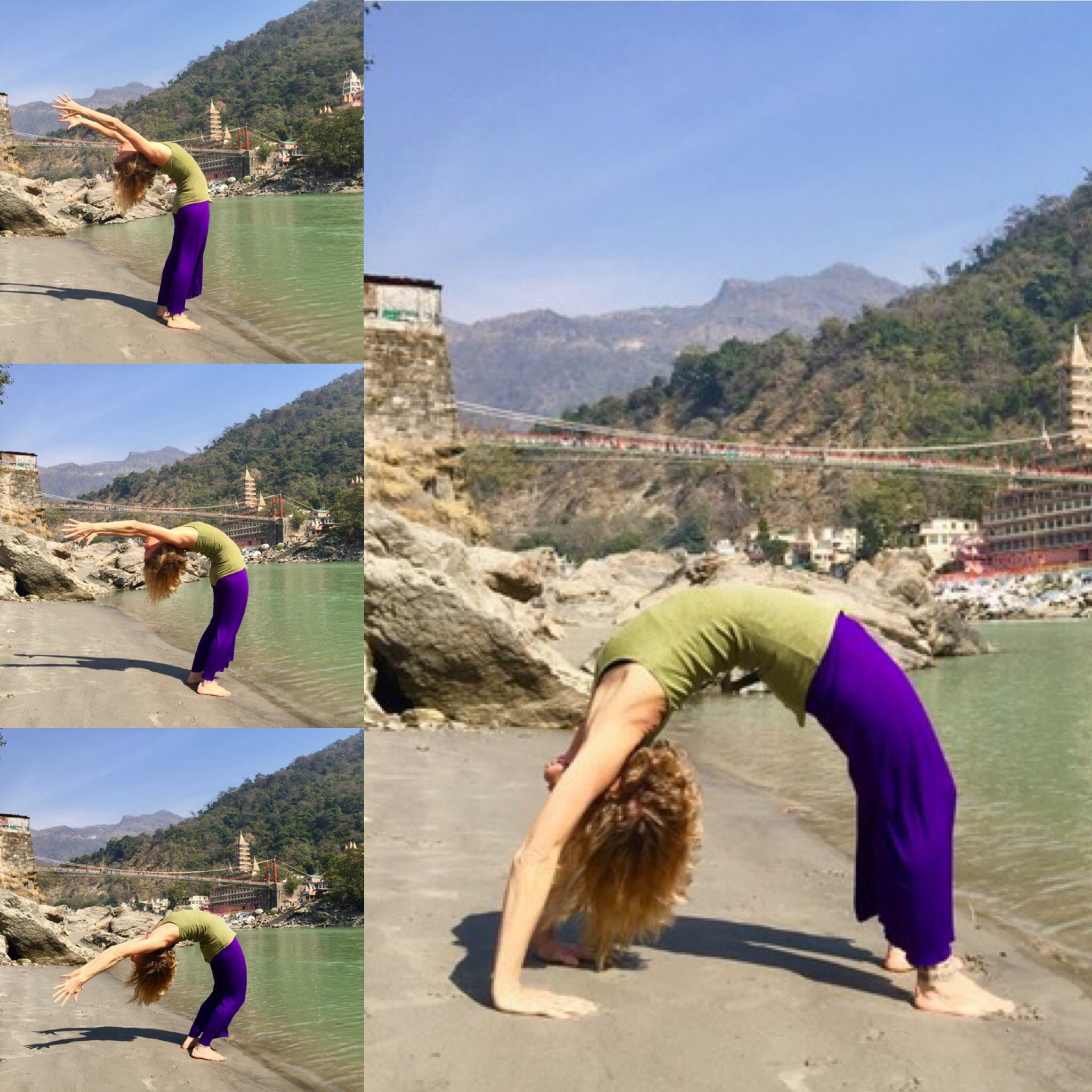
Define Your Goals
Some people take YTT to deepen their personal practice, while others intend to teach. Teaching yoga requires more than a 200- or 500-hour certification—it takes years to absorb the subtleties of the practice. My first YTT in 1999 came after five years of dedicated study with advanced instructors.
The very first teaching in the 8 limbs of yoga is Ahimsa, meaning non-violence. Practicing asana incorrectly can cause injury. It’s so important to know what you’re doing with other people’s health in your hands.
Be Wary of Open Enrollment
Many YTT programs claim to have prerequisites but, in reality, accept anyone who pays. This is a problem for advanced practitioners, as training is often geared toward beginners. Some of my classmates in India had never practiced yoga before.
Choose the Right Style and Location
Different yoga styles have distinct centers of study:
- Ashtanga Vinyasa – Mysore
- Iyengar Yoga – Pune
- Ayurveda & Yoga – Kerala
- Yoga Therapy – Chennai
Consider the Level of Training
If you’re new to yoga, a general Hatha and Ashtanga Vinyasa program can be a great starting point, offering a broad foundation in practice and philosophy. However, these trainings often prioritize quantity over depth. If you’re an experienced yogi, steer clear of large-scale “yoga factories” that mass-produce certifications each month. Instead, seek out smaller, high-quality programs led by seasoned instructors for a more immersive and enriching experience.
Climate & Environment
- Want tropical warmth? Consider Kerala or Goa (best time: November–April).
- Love the mountains? Rishikesh and Dharamsala are great, but avoid these high altitudes from late November to February.
Don’t Prebook Blindly
If possible, arrive early and explore your options before committing. Speak with locals, attend drop-in classes, and inspect accommodations. Many schools look great online but fail to deliver in person.
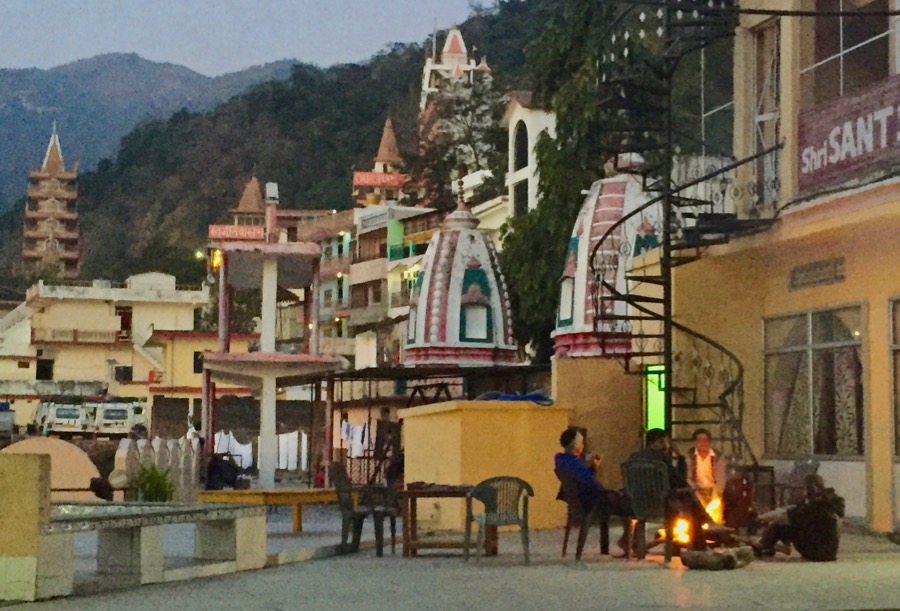
What to Expect
Sanitation
From what I hear, the first thing Indians notice upon arrival in North America is how clean everything is. Conversely, for North Americans India is, well …not. Your sanitation standards will need to be lowered.
Accommodation
To feel comfortable staying in a room long-term, I had to disinfect it myself. I’d buy rubber gloves, an anti-microbial cleanser, a few sponges, and spend a couple of hours cleaning every single room I rented in India. I’m pretty sure it’s the only deep clean those rooms ever saw. Additionally, every single room had a problem. Be it plumbing, noise, mold, cracks in the wall, lack of insulation, shotty wifi …you just have to surrender. It’s India.
Getting Sick
Germs spread easily in this environment. Every single person in my training became ill at some point from flu or dysentery or both simultaneously. Some even went to the hospital. Getting sick in India is no fun but it seems to be part of the package.
Some schools lodge you in nearby hotels off-site, so ask your school how to contact them for help in case of severe illness in the middle of the night. If your school doesn’t have an arrangement for emergencies, it’s not a good sign.
Food
YTT’s in India usually supply meals and accommodation. I was fine with the food. It was simple but healthy. Breakfast was always porridge with fruit. Lunch and dinner consisted of simple curries with rice and a few raw vegetables. Some people claim they were sick from those raw vegetables. I was not. My school had purified water available to refill your water bottle.
Schedule
Prepare yourself to be very busy from 5:30 am until 8:30 pm, five to six days per week.
Free Time
The program I attended was conducted six days a week with Sundays off. Instructors often ran classes over-time, so what little time we did have was used doing laundry, bathing, or keeping up with reading assignments and homework.
Other schools provided more free time. They were able to do this by having a longer program. I suspect my school had an agenda to get us through the program as quickly as possible so they could welcome the next group and make more money.
Excursions
Many schools generously offer weekend excursions to surrounding areas. Other schools offer none, or only one excursion (which turns into a promotional photoshoot for their website). But you can create an excursion of your own by getting a group of friends together and renting a taxi.
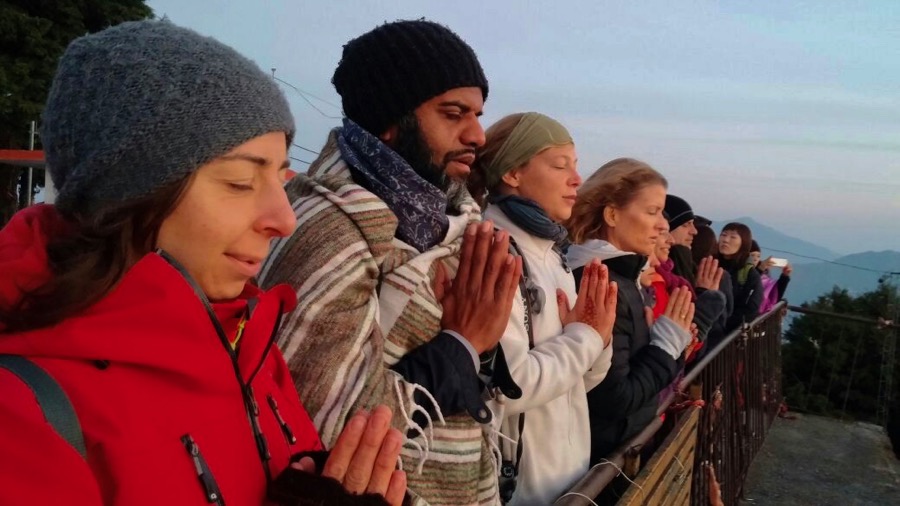
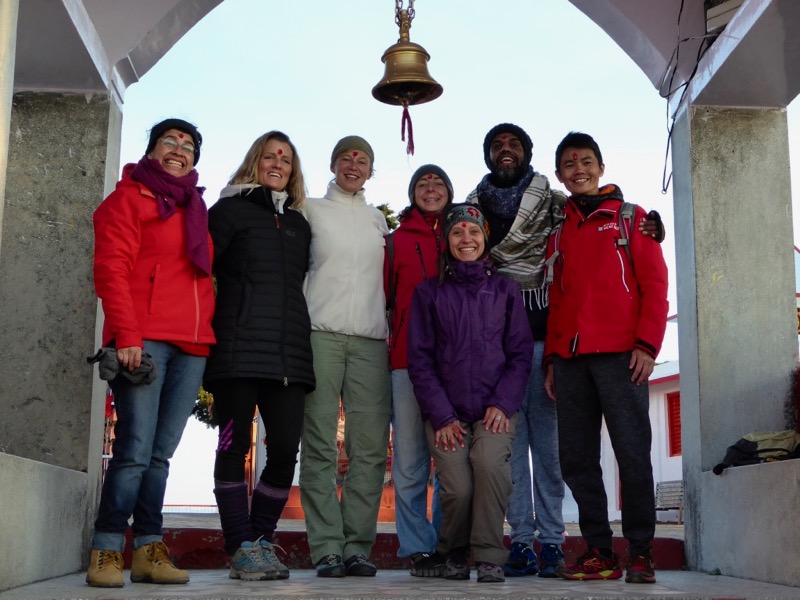
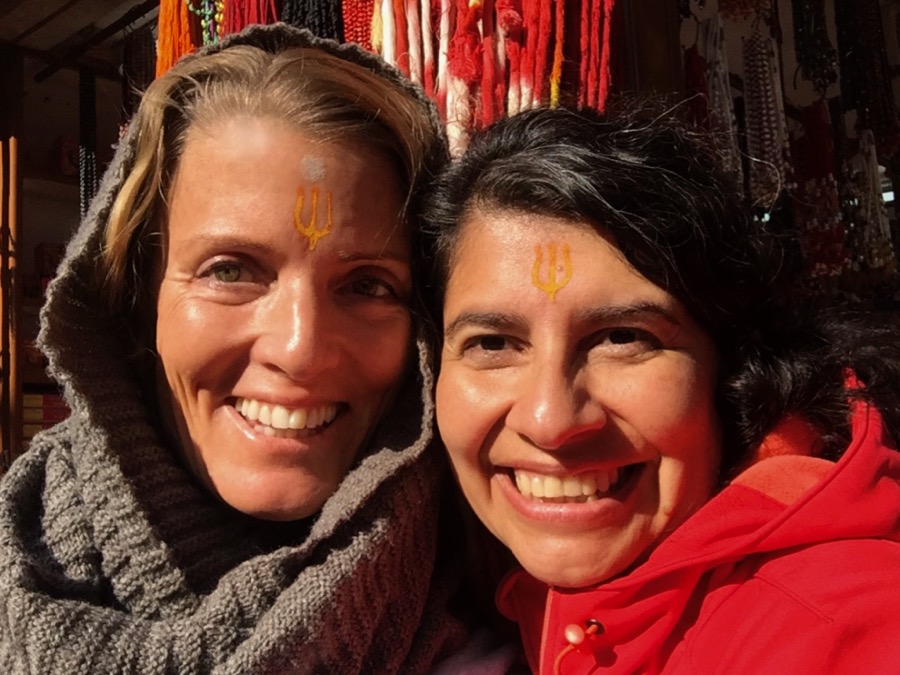
Packing for India
Pharmaceuticals & Prescriptions
Ayurveda is one of the world’s oldest holistic healing systems developed more than 3,000 years ago in India. Finding an Ayurvedic herbal pharmacy is as easy as walking a block or two in any direction. The clerks are often highly educated Ayurveda practitioners and able to recommend the best remedy for your needs.
Finding a stocked allopathic pharmacy will be trickier outside of big cities. Best to bring a good supply of your own prescription medications. If you wear glasses, keep a copy of your prescription in case you lose or damage your glasses.
Stainless Steel Water Bottle
I brought a water filter but never needed it since most ashrams, hotels, and yoga centers provide filtered water refill stations. I prefer metal bottles for their durability and natural resistance to bacteria. While some people are skeptical of these filters, I never experienced any issues. Plus, I avoid buying bottled water to reduce plastic waste and minimize my environmental impact.
I like this Iron Flask Sports Water Bottle because it’s large, insulated (keeps things hot or cold), and it has a wide mouth so it’s easy to clean.
Tea Tree Oil, Oregano Oil, and Olive Leaf Extract
Essential oils are plentiful in India, but these three were hard to find. organic tea tree oil treats cuts, rashes, infections, and acne. I used high-quality oregano oil internally for sore throats, flu, and dysentery. Olive leaf extract is a powerful natural antibiotic and a crucial element in any travel first aid kit.
*As an Amazon Associate, I earn from qualified purchases, but I never recommend an item that I don’t use and love.
What to Buy in India

Water Heating Coil
For making tea or oatmeal in your room, or to boil water for purification purposes, you can buy an electric heating coil and metal cup for just a few dollars.
Yoga Mat
Schools do provide yoga mats, but they don’t appear to clean them. You’ll want your own. Mats are cheap in India, so if you don’t want to pack one, then buy a mat in India and donate it before leaving.
Herbal Remedies & Toiletries
Ayurvedic pharmacies are fully stocked with remedies for anything from colds, flu, digestion, and sleep to natural soaps, shampoos, and facial products.
Clothes
Clothing in India is affordable and well-suited to both the climate and culture. However, certain items—like sport sandals, hiking shoes, tank tops, and Lycra yoga pants—are less common. In India, women typically avoid exposing their hips, opting for loose-fitting pants paired with a tunic or traditional sari. Wearing tight yoga pants in public can be seen as surprisingly risqué, while bare shoulders are considered private and sensual. Walking the streets in a tank top may attract unwanted attention, as it’s akin to wearing only a bra in the eyes of traditional Indian women. That said, you can still wear yoga pants and a tank top—just layer a lightweight cotton gauze tunic over them for a modest, breathable, and culturally respectful look, even during asana practice.
Final Thoughts
India offers some exceptional yoga teacher training programs, but not all schools uphold high standards. I made a poor choice, which resulted in a lot of frustration, but the overall experience was still deeply rewarding for me.
Do your research, define your goals, and choose wisely. Yoga is a lifelong journey—choose a path that truly aligns with your practice.

Have you taken yoga teacher training in India? Share your experience in the comments below.

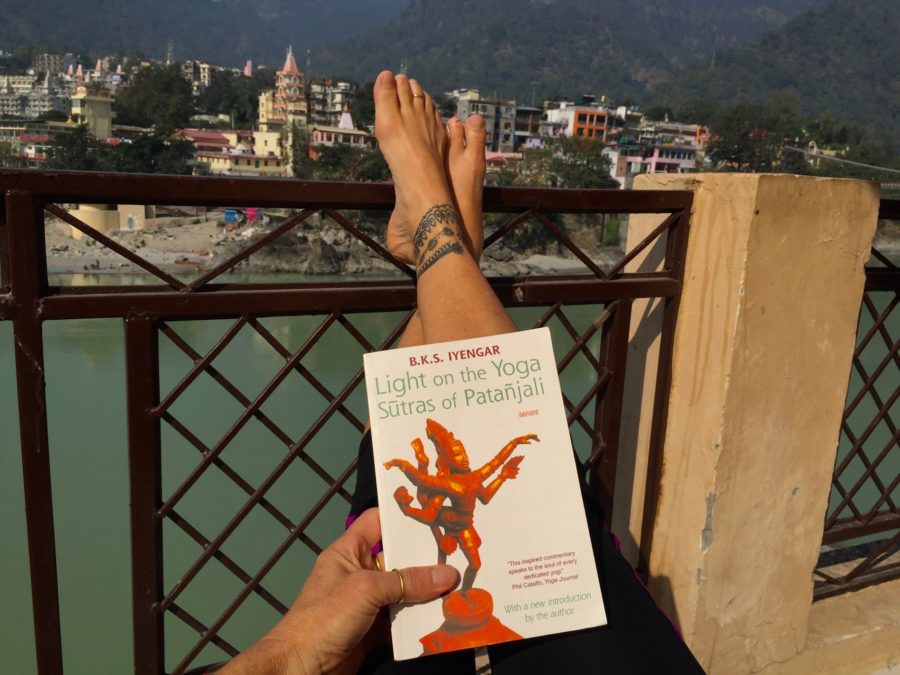
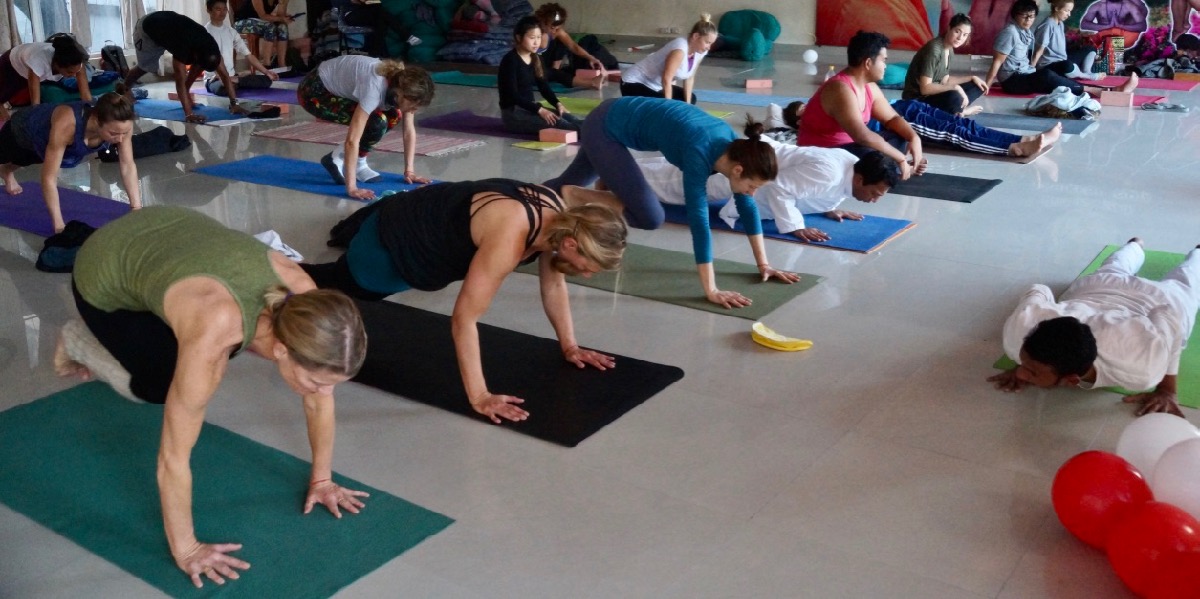

10 thoughts on “Essential Tips for Choosing a Yoga Teacher Training Program in India”
Thanks for the info, very insightful.
Thanks for reading Belinda!
Hey Heather, I am so grateful for your sharing of your experience. I am looking at completing my first 200 YTT course in Rishikesh as a solo female traveler this upcoming Sept/Oct and I’m hoping to avoid schools that are like what you’ve described, although you managed to pull a ton of meaning out of it, which I’m so glad you were able to do. Do you mind privately sharing what that school is so I can avoid it?! Otherwise, do you mind chatting with me 1:1?
Sure! I’ll send you an email shortly
I really enjoy your writing alot. Such a journey!. I didn’t know you were looking for a yoga certification school. i would have recommended Krishnamacharya Manderin in Chennai.
I was there for 6 mos in 76-77. I studied directly with TKV Desikachar…but the other teachers are stellar. They have alot of integrity and wisdom. Asana’s and also studying other things as well. I liked that form of Yoga because they modify it to the person and their body. Very different than Iyengar Yoga even though my teacher’s (TKV Desikachar) father, Krishnamacharya, taught Iyengar.
I look forward to more of your writings.
xoxoxo
Marilyn
Hi Marilyn, Yes. I’ve learned a lot from TKV Desikachar’s books. Unfortunately, since his son Kausthub was involved in a sex scandal, the foundation has been in turmoil. Unfortunately, it wasn’t your typical “yoga guru secretly having sex with students” scandal. It was physical sexual abuse which has led to serious criminal allegations and subsequent investigations by the police. So with that going on, and the fact that I hate cities, and definitely don’t want to be in and India city… I would not have studied in Chennai. You were very lucky to be there with such a master back in those days. Much Love to you.
That was Krishnamarcharya YOGA Manderin…in Madras…when I lived there. Near Adyar..where the Theosophical Society is.
Thank you so much for writing this beautiful article! Do you have any recommendations for reputable schools? There are an overwhelming amount!
Hi Leah. Rishikul Yoga Shala in Ram Jhula has integrity and a sister school in Kerala if you prefer the tropics. If you’re willing to pay more money and have an interest in Ashtanga Yoga, then Tattvaa Yoga Shala in Ram Jhula has a respected reputation. I also studied at the Himalayan Iyengar Yoga Center in Dharamkot (near Dharamsala) and the quality was excellent, but for the love of God – don’t go in winter because it’s too cold. They also have a center in Arambol, Goa (warm beach climate) during the winter months. Other options are the big names related to BKS Iyengar in Pune. Pattabhi Jois in Mysore, or Desikachar in Chennai. In general, for advanced yogi’s I recommend finding a teacher rather than a school. Good luck!!!
Thank you so much!!!